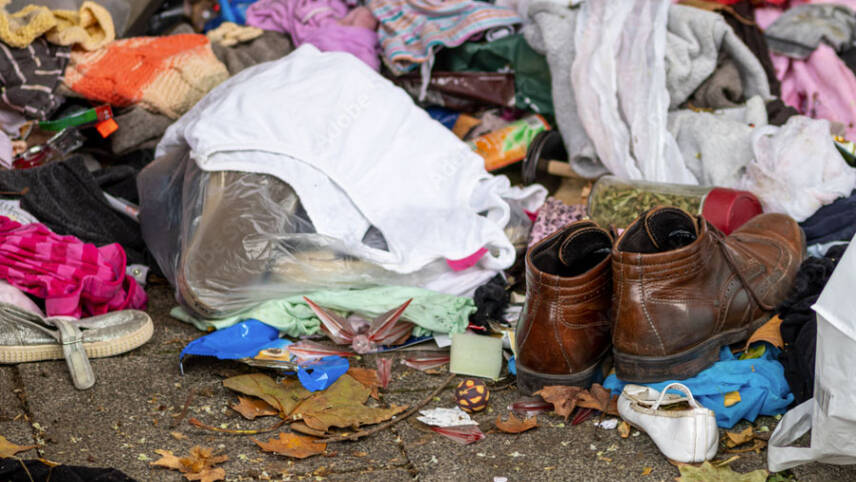Register for free and continue reading
Join our growing army of changemakers and get unlimited access to our premium content

Under the EU proposal, presented on 5 July, fashion companies will, for the first time, be obliged to finance the collection, sorting and recycling of textile waste.
EU countries will implement this via the introduction of harmonised Extended Producer Responsibility (EPR) schemes, which will become obligatory at the national level under a proposed revision of the EU’s Waste Framework Directive.
The new measures align with the EU’s strategy for sustainable and circular textiles, published in March last year, which deals with the production and consumption of textiles throughout their lifecycle.
Extended producer responsibility means that manufacturers will be responsible for covering the cost of textile waste management. EPR fees will vary according to the pollution level caused, a principle known as “eco-modulation”.
This is also meant to incentivise the reduction of textile waste and the circularity of textile products.
“Harmonised extended producer responsibility rules across the EU will create a level playing field on the single market and ensure the application of the polluter pays principle,” said Virginijus Sinkevičius, the EU’s environment commissioner.
“This initiative will drive investments in the re-use and recycling infrastructure for textiles, create local jobs and boost innovation in all phases of textiles’ lifecycle,” he said in a statement.
Loopholes and delays
However, environmental groups say establishing EPR schemes might not be enough to tackle the issue.
Zero Waste Europe welcomed the increased accountability placed on producers but warned about a long transition period in the legislation, saying this will lead to the unnecessary destruction of textiles.
Moreover, green groups say the Commission’s proposal focuses on waste management at the end of life, whereas the production stage has the highest impact on the environment.
“The EU’s goal to improve the durability of garments is a good first step but ignores the fact that production is driven by fast fashion trends and aggressive marketing rather than the need to replace broken clothes,” said Theresa Mörsen from Zero Waste Europe.
Instead, the directive should have introduced waste prevention targets for textiles, she argued, saying this would have helped decrease the amount of waste generated in the first place.
Eco-modulation of EPR fees also needs to be revised so that they act as an incentive for better product design and not as “a fee producers ‘pay to pollute’,” Mörsen argued.
Valerie Boiten, senior policy officer at the Ellen MacArthur Foundation, acknowledged that harmonised EPR schemes will help establish the necessary systems and infrastructure for collecting, reusing and recycling textile waste in Europe.
But extended producer responsibility measures alone will not be enough, she added.
“To address the root causes of our wasteful existing system, we need radical transformation in terms of circular product design and business models to ensure textiles aren’t discarded in the first place.”
Textile consumption in Europe has the fourth highest impact on the environment and climate change of any sector. This is mainly due to the high volume of natural resources needed to make garments, shoes and accessories.
Circular designs and business models can reduce the negative consequences of textile production. But Janek Vähk, zero pollution policy manager at Zero Waste Europe, points out that the EU hasn’t made sufficient progress towards achieving a circular economy.
“The proposal overlooks the crucial challenges at hand at a time when we need to take more immediate action,” he said.
Annita Elissaiou, EurActiv.com
This article first appeared on EurActiv.com, an edie content partner


Please login or Register to leave a comment.